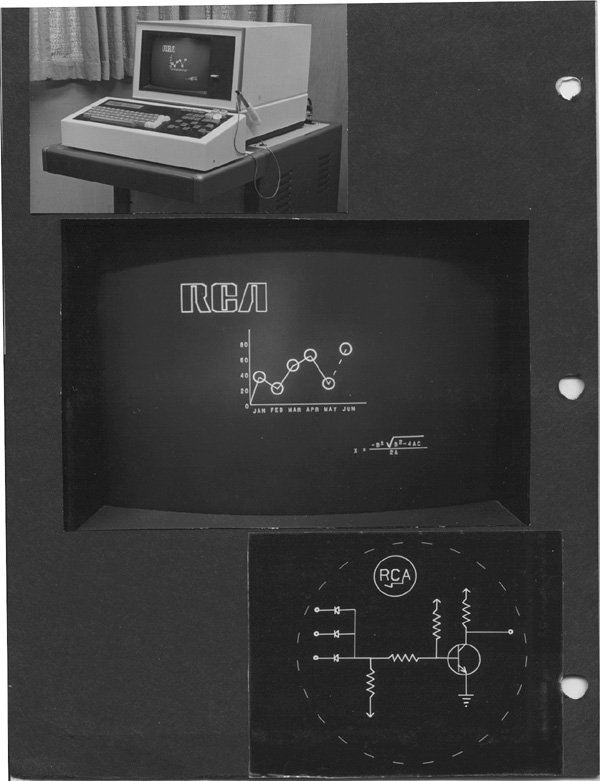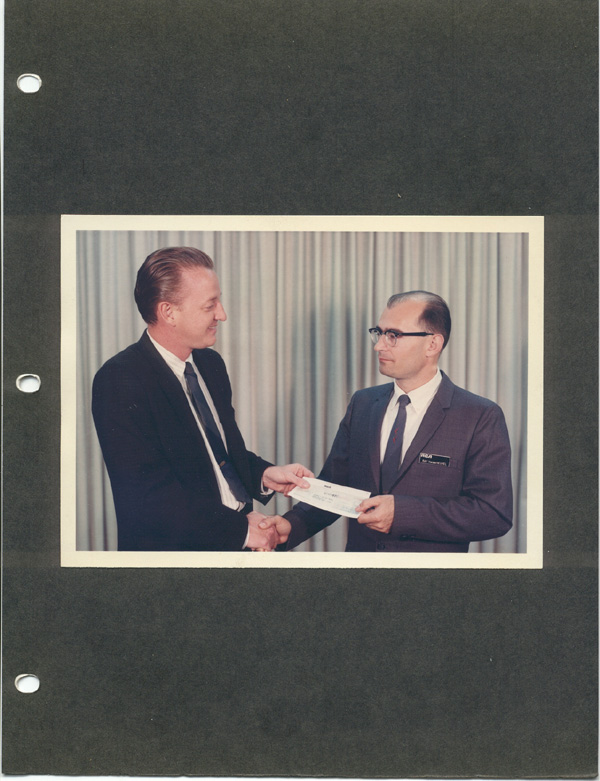
 000104
000104
With one coil I was able to generate two precision high-voltage outputs using a special duty-cycle-controlled regulator. Regular television transformers had problems with potting and had special problems with moisture and corona discharge.
But the work I most fondly remember is the "Alphanumeric/Graphic" Display prototype, for which I designed, built and tested all of the analog circuits. This product was too early for its time and had to be abandoned. There was no software available! The only memories that were available at that time were core memories. The stroke writer was very good in terms of using a minimum amount of memory for the generation of graphic pictures, but required an X-Y ("random-scan") display -- more like an oscilloscope than a standard television monitor. Modern displays, by contrast, are "raster scan." The random-scan and stroke-writer combination survives -- and is doing well -- in heads-up displays used in military aircraft and in some medical data monitors.
At that time RCA also offered in-house courses in mathematics, microprocessors and programming, which I took. I undertook a personal project to build and program a computer based on the CDP 1802 microprocessor. This computer eventually became the backbone of my biocomputer.
